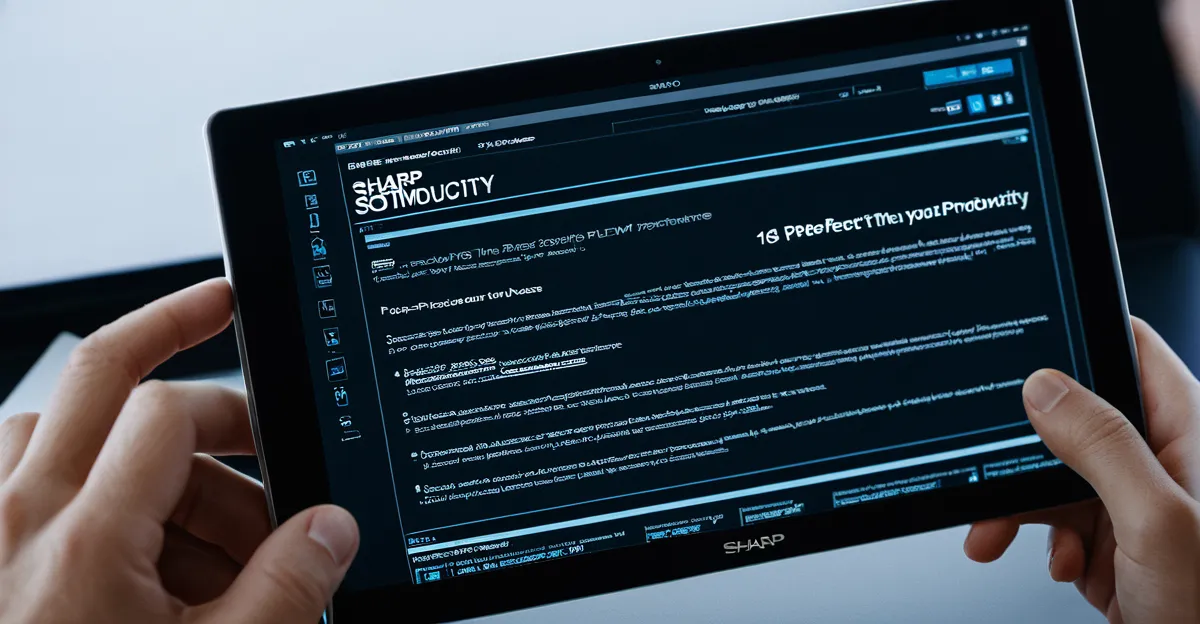Choosing the right PLM software transforms product development by connecting teams, data, and processes from design to retirement. It reduces costly errors, accelerates time-to-market, and enhances collaboration across departments. Understanding these benefits—and how top solutions integrate with existing systems—empowers businesses to stay competitive while managing complex product lifecycles efficiently.
Essential information: Understanding PLM Software, Its Core Benefits, and Market Leaders
Product Lifecycle Management (PLM) describes a strategic approach to manage every stage of a product’s journey, from the earliest concept through design, manufacturing, service, and disposal. PLM evolved out of Product Data Management (PDM), which originally focused on securing CAD data, and has grown into an integrated ecosystem—now called PLM 4.0—linking real-time data, IoT, machine learning, and cloud-based teamwork. For a closer look at how choosing the right PLM platform can transform your business, see this page: Continue reading the article.
In the same genre : Top plm software options to boost your business efficiency
PLM software acts as a digital backbone, breaking down traditional silos between design, engineering, manufacturing, supply chain, and service. Where PDM mainly stores and manages development-phase information, PLM brings everything together, creating a “single source of truth.” This ensures product information, change orders, part numbers, engineering data, and feedback from the field remain accessible and accurate for the entire product lifecycle. As a result, businesses benefit from more efficient engineering, improved quality, streamlined collaboration, and reduced time to market.
The advantages are clear: workflow automation lowers errors, integrating BOMs with CAD and ERP, and machine learning optimizes product data for design and compliance. Today’s leading PLM solutions—like Siemens Teamcenter, PTC Windchill, SAP PLM, and SolidWorks PLM—lead the market by supporting concurrent engineering, compliance automation, cross-departmental collaboration, and secure global supply chains. These tools underpin digital transformation for manufacturers, enabling agility, sustainability, and scalable innovation.
In parallel : Harness the power of ai ocr for seamless document automation
Key Features and Capabilities that Drive PLM Effectiveness
Core modules: BOM management, engineering change management, and document control
PLM software features like BOM management and PLM document control form the backbone of effective product lifecycle management. BOM management ensures up-to-date digital records for every product and revision, empowering teams to synchronize design and production data. Engineering change management provides traceability, governance, and version control across cross-functional teams—vital for accurate product updates. PLM document control handles specifications, drawings, and quality records, securing essential information for audit trails and compliance.
Integration with CAD, ERP, IoT, and digital thread enablement
Seamless CAD PLM integration improves efficiency and reduces manual entry errors by linking design systems directly to PLM. PLM system integration also extends to ERP and IoT, enabling a digital thread—real-time data sharing between engineering, manufacturing, and service. This unifies product records and supply chain insights, optimizes handoffs, and provides end-to-end lifecycle transparency that supports agile decision-making and lower operational costs.
Workflow automation and data security for cross-functional teams
Effective PLM workflow management automates repetitive tasks such as approvals, change orders, and document routing. This automation minimizes delays and human error in PLM project management, streamlining communication across global teams. Built-in data security and access controls protect intellectual property and sensitive design data, ensuring compliance and trustworthy collaboration at every lifecycle touchpoint.
PLM in Practice: Industry Use Cases and Implementation Insights
Manufacturing industry applications and best practices
Efficient engineering lifecycle management is at the core of manufacturing transformation. Leading organizations leverage plm software for manufacturing to provide a shared repository for every stage—from concept to retirement. Systems like Windchill document management streamline collaboration, eliminate version errors, and enable prompt engineering change management. Integration with enterprise resource planning keeps data consistent across the board, while teamcenter implementation links CAD, bills of materials, and workflows, reducing rework and ensuring compliance.
Specialized PLM solutions for fashion, apparel, and medical device sectors
The plm for apparel industry has evolved to address design complexity and rapid seasonal changes. Fashion industry plm systems empower teams to share sketches, materials, and specifications globally, improving speed to market and traceability. Apparel manufacturers utilize plm software for medical devices to maintain strict documentation and adhere to regulatory standards, benefitting from automated audits, digital signatures, and validation controls.
Challenges in implementation: integration, change management, and scaling adoption
Organizations often encounter barriers during teamcenter implementation, such as resistance to process changes or technical hurdles in system integration. Effective deployment of Windchill document management depends on executive support and clear communication. Scaling engineering lifecycle management requires robust training and active sponsorship at all organizational levels, paving the way for sustainable transformation.
Selecting and Evaluating the Best PLM Solutions for Your Business
Comparing PLM software is essential for companies aiming to optimize product lifecycle management. A thorough PLM software comparison should address whether cloud based PLM platforms or on-premise installations best fit current and future operational models. Cloud based PLM platforms allow for instant scalability and remote collaboration, reducing IT overhead, while on-premise options may suit firms with strict data residency requirements. PLM software cost considerations come into focus here—subscription-based cloud models typically offer lower upfront costs, whereas on-premise solutions may lead to higher initial investments but lower long-term fees.
Vendor selection is guided by the strength of the plm vendors list, innovation history, and current PLM software reviews. Noting market trends, leading PLM tools are increasingly integrating AI, IoT, and digital thread strategies for comprehensive lifecycle oversight and agile responsiveness.
Successful adoption also hinges on the availability of PLM software support options and robust PLM training and certification programs. These resources ensure teams adapt quickly, maximizing ROI by accelerating proficiency and minimizing downtime. Well-designed training and continuous support reflect a vendor’s commitment to partnership, which is a key differentiator when evaluating the best PLM tools for your business.





